The whole historical area of Venice, with its canals and medieval buildings, are one giant attraction where you can walk around for a long time and discover new things.
Today we’ll tell you about the 15 most important sights of Venice. These places are the heart of the city, its main value and a magnet for tourists.
St. Mark’s Square
Piazza San Marco is an unmissable landmark that has been described in books and seen in movies. The main port was located here when the city was founded. This location allowed the government to strictly control everything that goes in and out of Venice.
The square is divided into two parts:
- “Piazza” – the square itself, framed by the Basilica of St. Mark and the buildings of the main architectural ensemble.
- “Piazzetta” – translated from Italian as “little square.”
The most interesting part of the piazzetta are the two columns with figures in the middle. Now they symbolize the gates of Venice. The right column is crowned by the figure of the former patron of Venice, St. Theodore. The left is a statue of the current patron, St. Mark.
In the Middle Ages, there was a scaffold between the columns. Ever since then, superstitious townspeople have tried not to pass between the columns. According to city legend, it threatens bad luck in business.
Doge’s Palace: the most recognizable landmark of Venice
The pearl of the architectural ensemble of the square is the Doge’s Palace, or Palazzo Ducale.
The palace was erected in the 9th century as a fortress. Then, after two centuries, it was burned by the people of the Venetian Republic in the riots. It was only rebuilt 300 years later, not as a defense this time, but as an administrative building.
Doge is the title of the head of the Venetian Republic, part of the Byzantine Empire, from the 8th to 18th centuries. The first Doge of Venice was Paulo Lucio Anafesto. Doges were elected from among the most influential and wealthy residents.
Beginning in the 12th century, the Doge’s palace was the seat of all the organs of power of the republic. The Council of Ten, the Grand Council, the Supreme Court, the Chancellery and the secret police all met here.
In the box on the second floor there is still a reception room for anonymous denunciations to the secret police. Its looks are ominous: like a mask with a slot in its mouth for letters.
Would you like to walk around the palace with a guide? Click on the tour below.
You can also visit the prison, the famous dungeon of Palazzo Ducale, where Casanova was imprisoned (but managed to escape).
The Supreme Court sitting room was connected to the dungeon by the famous Bridge of Sighs. Contrary to popular legend, the bridge does not owe its romantic name to lovers. If anyone ever sighed here, it was the prisoners who cast a parting glance at San Giorgio Cathedral and Giudecca Island.
Now the pink Gothic palace building and the museum inside is visited by hundreds of people a day. It is the most popular attraction in Venice. A ticket to the Palazzo Ducale costs from 13 (preferential) to 25 euros (with museums of St. Mark’s Square).
You can also book an English-language tour of the Doge’s Palace and Bridge of Sighs.
St. Mark’s Basilica
The Basilica di San Marco in Venice is the centerpiece of the square. Made in a Byzantine style, it differs from the rest of the city’s cathedrals, most of which were built during the Renaissance period.
Why are both the main cathedral and the main city square named after St. Mark? And how did St. Mark become the patron saint of Venice? The fact is that the relics of the saint and evangelist are kept here, in the Basilica of San Marco. There’s an adventurous story behind their discovery.
Until 829, the relics of Mark were kept in Egyptian Alexandria. At that time Egypt had been conquered by the Arabs, and they often organized persecution against Christians by attacking temples.
Two Venetian merchants, Rustico and Buono, learned of this, so in order to preserve the relics of the saint from desecration, they sailed to Alexandria and stole them. But now they were faced with a no less daunting task they had to wrestle with. They had stolen the relics successfully, but how could they transport them without being caught?
They resorted to the main weapon of merchants – cunning. They hid the body of the saint under pork carcasses, which the Arabs would not touch for religious reasons. The brave merchants managed to sail out to sea and bring the relics of Mark home.
There is a very interesting museum inside the basilica where you can learn more. Here’s a good tour of St. Mark’s Basilica.
Entrance to the basilica is free. Admission to the cathedral museum costs 5 euros, and a child’s ticket price is 2.5 euros.
Look for more information and tickets on the official website of this Venice landmark.
Rialto Bridge
Walking along the main shopping street of the city and passing by the gate of the astrological tower, you will come to a famous landmark of Venice that many people know from postcards: the Rialto Bridge (Ponte di Rialto). It was built in the 16th century. It was a wooden pontoon bridge that connected the left bank of the Grand Canal, where all the city’s commercial life took place, with the right bank, the administrative center.
Here you can take a 30-minute gondola ride on the Grand Canal.
One side of the bridge is still home to the famous Rialto Market. Here you’ll find everything from souvenirs to fish just caught in the waters of the Adriatic Sea. The market is open every day until noon.
Keep an eye on your belongings, because it’s possible to run into pickpockets at the market.
» READ MORE – Gondolas in Venice: how to ride through the canals?
Shopping in Venice + 1 little secret
Near the Rialto Bridge you’ll find the fashionable boutique center T Fondaco dei Tedeschi by DFS. Within the walls of this ancient palazzo you will find many luxury stores.
The shopping complex has one secret unknown to most tourists. On the top floor of the complex there is a huge free viewing platform, where you’ll find a stunning view of the historic center of Venice!
On weekdays it is open from 10 am to 6 pm. On weekends, you must register online to enter.
Treat yourself and relax in a cozy restaurant overlooking the evening canals. Try the local cuisine – it’s well worth it.
Basilica of Santa Maria Gloriosa dei Frari
The Basilica of Santa Maria Gloriosa dei Frari is the largest cathedral in the city. Belying its austere facade, the basilica is full of elaborate art objects.
The works of the artist Titian occupy a special place, decorating the altar. The artist’s final resting place is also here in the church.
Frari is interesting for tourists for more than just the architecture and art. The cathedral is also important in religious terms, because it’s nome to a unique Christian relic: a vase with the blood of Christ that was obtained in Constantinople.
Admission to the basilica costs 3 euros, and a ticket can be purchased on the official website.
The Peggy Guggenheim Collection
This museum was founded in the 20th century by the American Peggy Guggenheim. She dedicated her whole life to the collection of contemporary art. This endeavor culminated in the opening of the museum.
Peggy’s collection includes works by Malevich, Dali, Picasso, Chagall, Kandinsky and many others. Many people come to the museum for the building itself. It is currently the only palace in Venice with a terrace overlooking the Grand Canal.
The museum also keeps the memory of its founder alive: Peggy is buried in the courtyard.
A ticket to the museum costs 15 euros, or 9 for children 10 years old or less. The official website of the museum is here.
The Zattere Promenade
This is one of the best places to walk in Venice. Zattere is a long, wide promenade with a good view of the lagoon and the island of Giudecca.
The promenade has a very interesting past. It used to be called “the promenade of the incurable” because there was a hospital for the terminally ill located here. It is also believed that during plague epidemics the bodies of the dead were brought here to be transported to the cemetery.
Later the embankment was given a more optimistic name: zattere means “raft.”
The Church of Santa Maria della Salute
This church is a famous symbol of Venice. Its images can often be found on postcards, websites and tourist portals.
The church was built in the 17th century in gratitude to higher powers for saving Venice from the plague. The inhabitants of the city still commemorate this event on November 21. A special mass is celebrated in the church on that day, and a pontoon bridge is built from the Doge’s Palace to the church.
The octagonal layout of the church was once a real revolution in Venetian urban planning, and several hundred thousand piles were used for the building’s foundation.
Entrance to the church is free, though you’ll need a 4-euro ticket to visit the church museum.
The official website is here.
Riva degli Schiavoni promenade
This promenade in Venice is about 1.5 km long and is considered central. It’s a great way to walk around the area.
Its name literally translates as “coast of slaves.” This place owes its name to its past. In the 9th century there was a large slave market here, where mostly slaves of Slavic origin were sold.
Now it’s a beautiful location to overlook Venice and the lagoon. Many hotels and restaurants are located along the waterfront, and it’s a popular place for tourist photos.
Ca D’oro Palace
The “Golden Palace” (Ca D’oro Palace) stands directly on the Grand Canal, striking the eye with its “lace” decoration. It is one of the brightest examples of Venetian Gothic architecture. It is called “golden” because of the use of leaf gold and expensive paint.
The palace was built for the noble Venetian Contarini family. The owner of the palazzo, Marino Contarini, tried to make the building as magnificent as possible, to imitate the grandeur of the Roman emperor Nero.
The palace changed many owners, one of whom was Baron Giorgio Franquetti. This man not only restored the aging palazzo, but also gathered a huge collection of art there. This is how the Franchetti Gallery came into being. Exhibitions and events are open to visitors today.
The ticket to the palace costs 8.5 euros for adults, and children under 18 years enter for free.
The Venetian Ghetto
If you are in the Cannaregio area, we suggest visitng the oldest Jewish neighborhood in Europe. It was created in the 16th century as a result of a compromise between the Venetian authorities and the Pope.
The Pope ordered the expulsion of the Jews from Venice, and a small area confined by canals was created for them. The bridges connecting this quarter with the rest of the city were closed at night.
Because of the limited space in the ghetto, the so-called Venetian skyscrapers were built – buildings of 7-8 floors where increasingly large Jewish families lived. Jews continue to live here today, and the neighborhood now includes a museum and several synagogues.
Madonna dell’Orto
The church near the Jewish neighborhood attracts many tourists every year. It is named after the miraculous statue of the Madonna found nearby in the garden. No one knows where she came from. It is said that a bright divine light emanated from her.
The decoration of the church itself also creates many mysteries. Among the figures of the twelve apostles on the facade of the building is a statue of Judas. It is believed that every year on Good Friday night this sculpture flies off to Jerusalem.
The entire history and appearance of the building is the legacy of the Venetian artist Tintoretto. In addition to his paintings, his tomb is inside, as he himself was a parishioner of this church until the end of his days.
The entrance to the church costs 2.5 euros.
Giudecca Island
Giudecca is an ideal place for those who want to get away from the crowds of tourists and observe the life of real Venetians. It’s a quaint, quiet island separated from the rest of Venice by a canal.
If you look at Giudecca from above, it resembles a fish spine. This is why in the past the island was called Spinalonga, “the long spine.”
Historically, Giudecca was an island of monasteries, merchants and craftsmen. Nowadays there are factories, plants and hotels. It is a working-class Venetian quarter without many tourist attractions. It’s nice to come here to take a break from the luxury of Venice.
The beauty of Giudecca is best experienced during a leisurely stroll.
The Island of San Michele Venice
This picturesque, cypress-covered little island a couple of minutes away by vaporetto is actually a cemetery.
Don’t be surprised that we suggest you visit! First of all, San Michele is a beautiful architectural monument. The cemetery here began in 1807 by order of Napoleon, so there are many beautiful old monuments and tombstones, and there is also a church from the 15th century.
This island is good for a midday walk in the shade of the trees. San Michele is also famous for the graves of famous people. They can be easily found by following the signs.
Enjoy your trip!



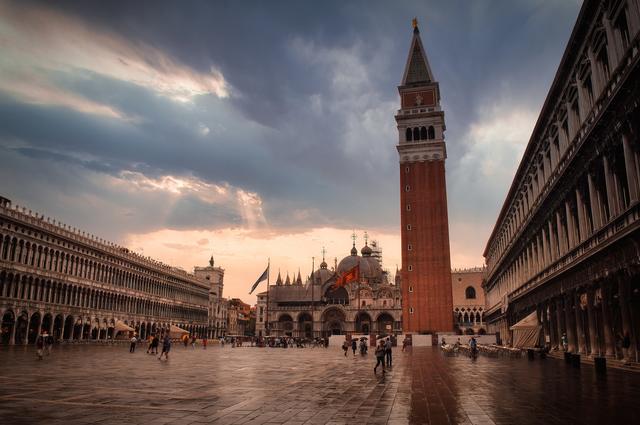
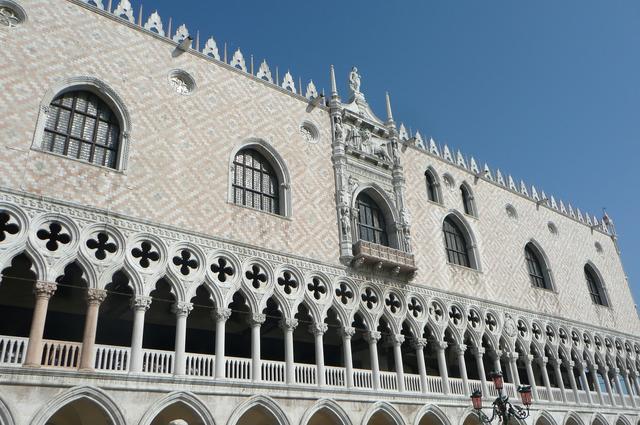
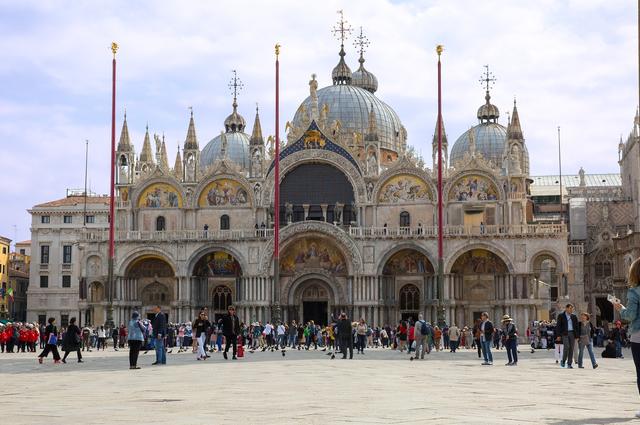
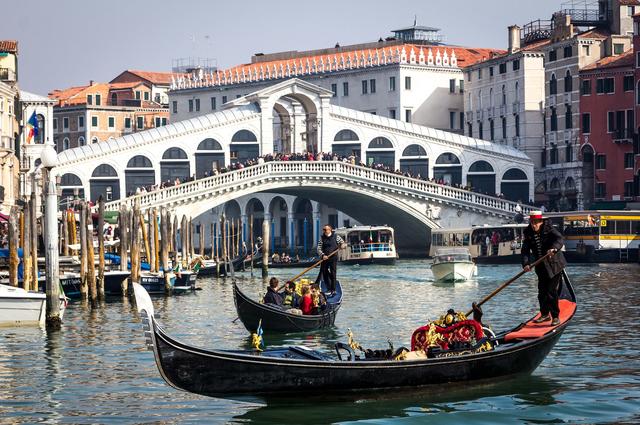
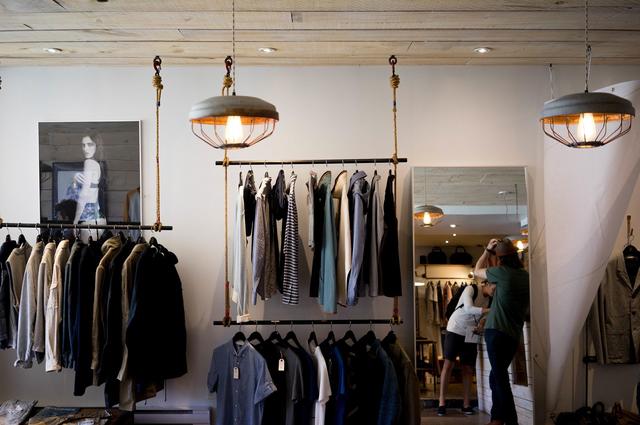
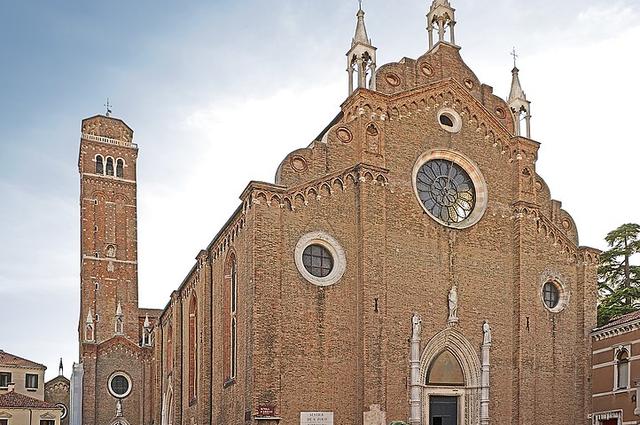
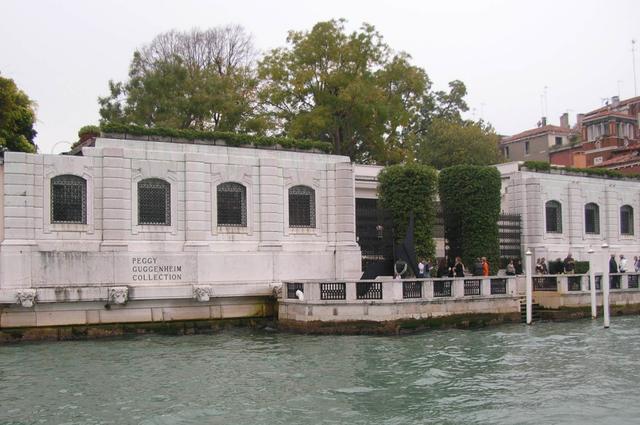
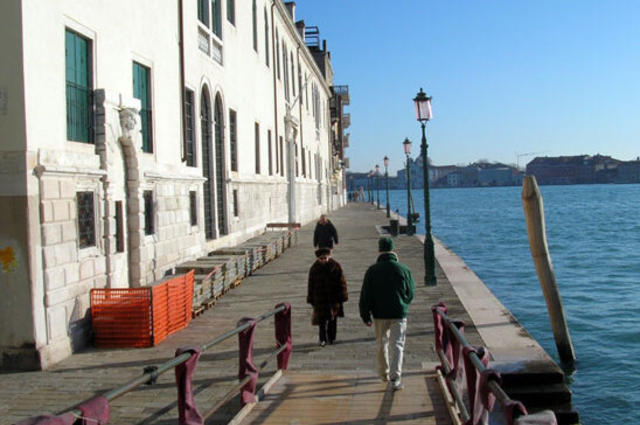
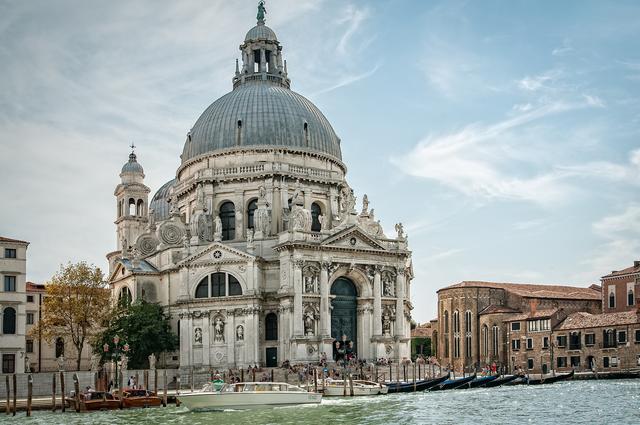
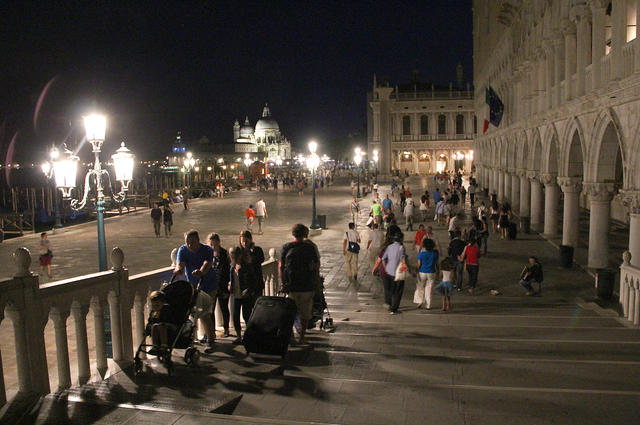
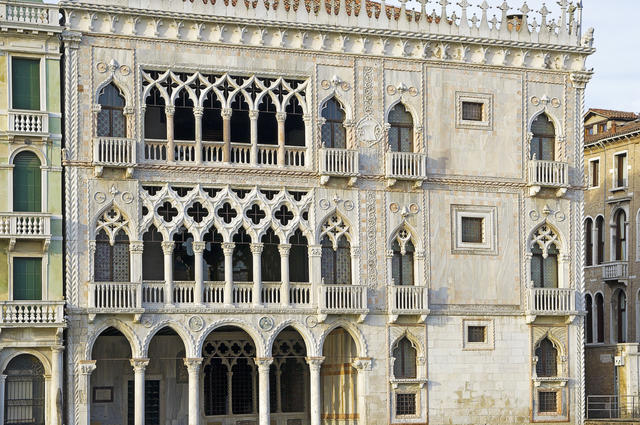
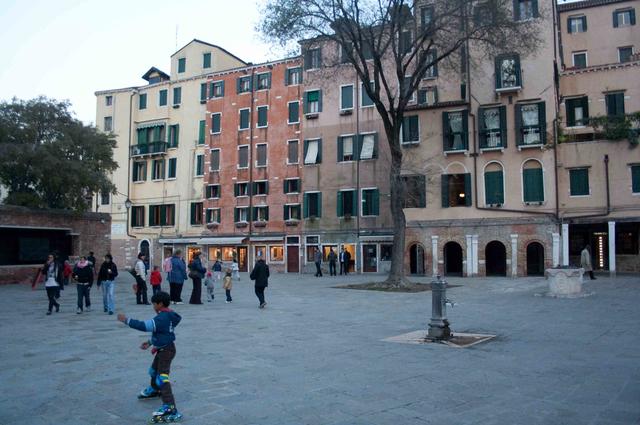
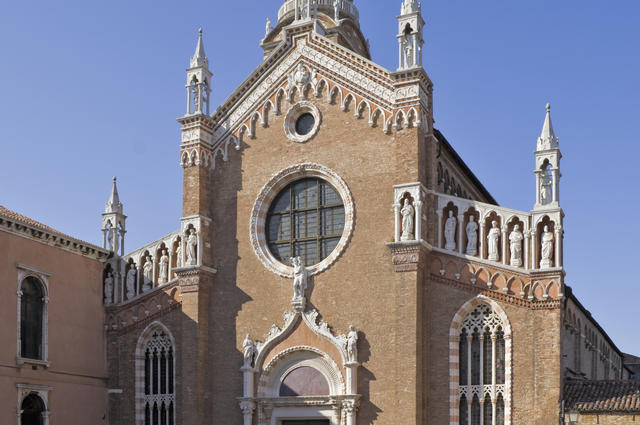
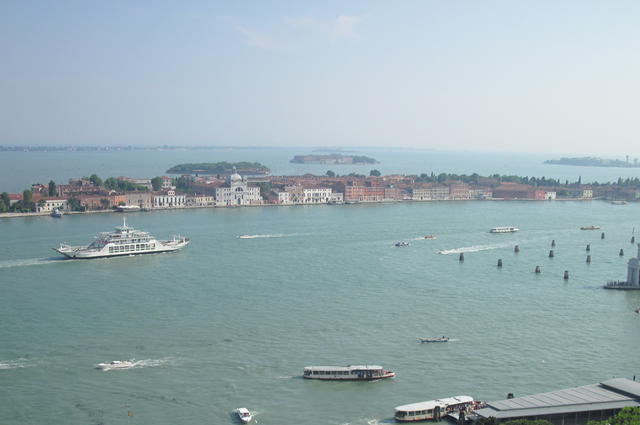
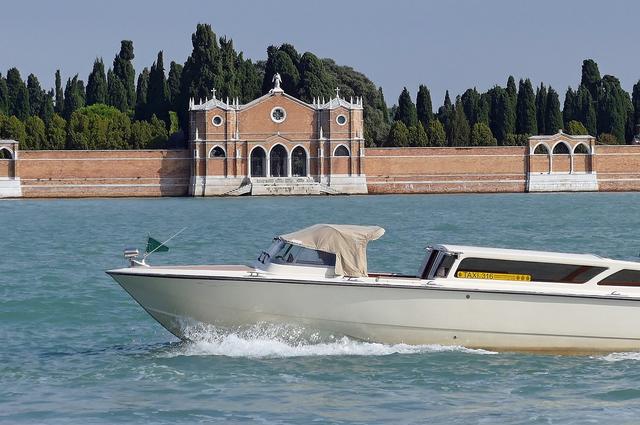
 Peggychoucair / Pixabay
Peggychoucair / Pixabay 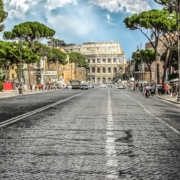 Leonhard Niederwimmer / Pixabay
Leonhard Niederwimmer / Pixabay 
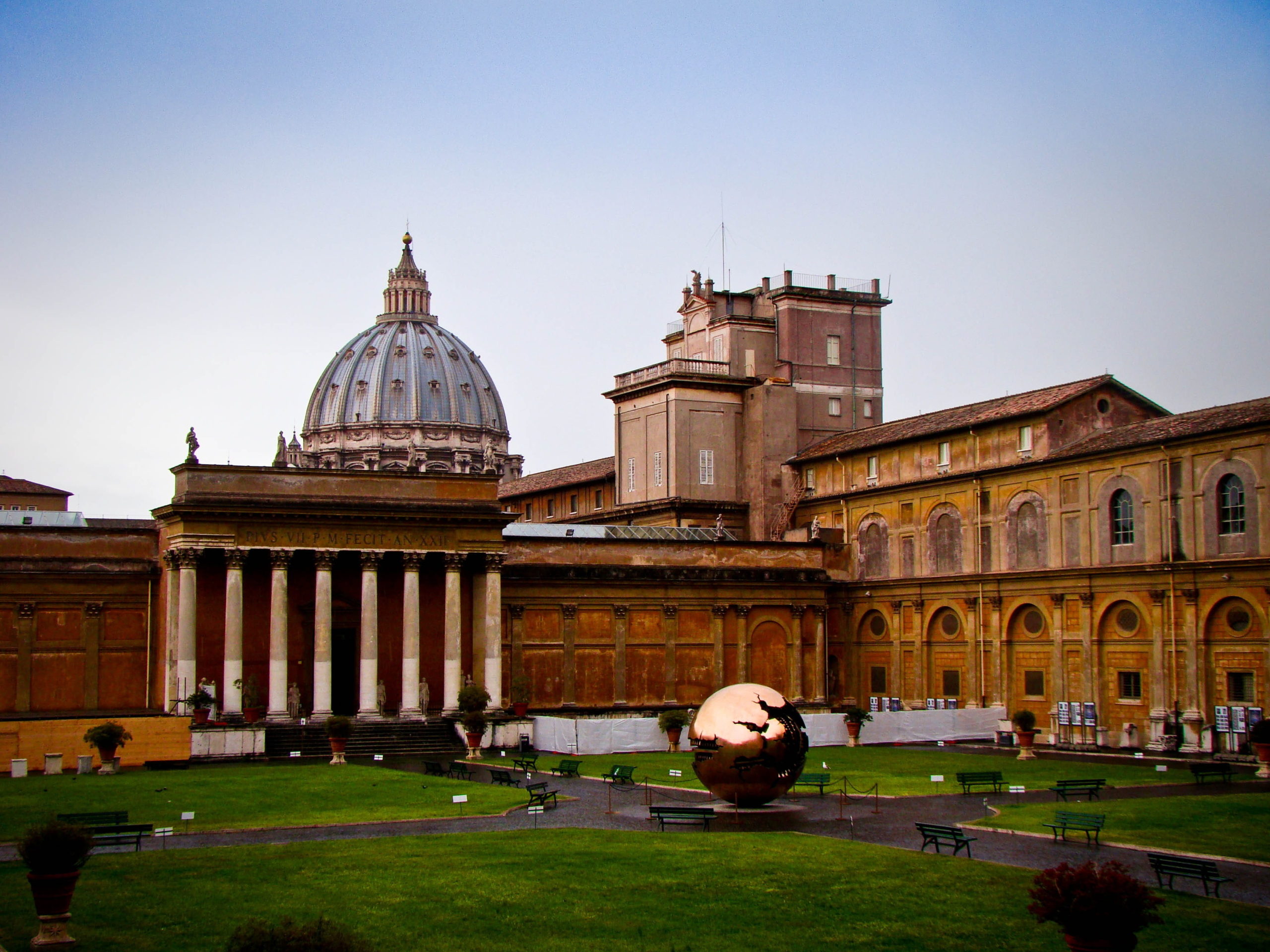
 StockSnap / Pixabay
StockSnap / Pixabay  G.C. / Pixabay
G.C. / Pixabay  Jorge Fernandez / Unsplash
Jorge Fernandez / Unsplash
Leave a Reply
Want to join the discussion?Feel free to contribute!